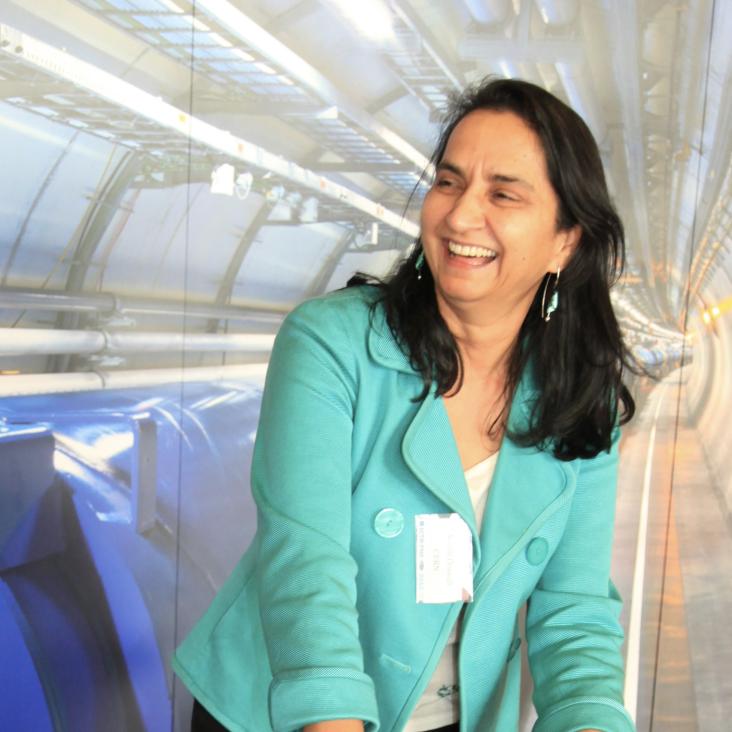“Particle therapy - future for the Baltic states?” – synthesis of the expert workshop report
Health and Technology Springer 14:5 (2024) 965-972
Abstract:
Background: Baltic States remains one of the few regions in the Europe without a dedicated particle therapy center. An initiative since 2021 has been started by CERN Baltic Group on a novel particle therapy center development in the region in partnership with CERN NIMMS collaboration. With a conceptual design idea in early 2022 and stakeholder engagement activities in late 2022 - next step forward was necessary for the initiative for a more in-depth analysis. Methods: A dedicated workshop “Particle therapy - future for the Baltic States? State-of-play, synergies and challenges” was held. The workshop was attended by medical community from the Baltics, as well as CERN technical experts and particle therapy practicing clinicians, with scientific programme split in 5 main areas of investigation. Results: Current cancer epidemiology statistics and RT technological possibilities in the region were analyzed, with first estimates of eligible number of patients calculated. Technological development level of the proposed accelerator complex was discussed, as well the clinical needs and synnergy possibilities with the nuclear medicine field. Conclusions: The current state and calculated first estimates presented here have shown a promising starting point, which prompts even further in-depth work – a feasibility study for development of a novel particle therapy center in the Baltic States.Development of a novel fibre optic beam profile and dose monitor for very high energy electron radiotherapy at ultrahigh dose rates
Physics in Medicine and Biology IOP Publishing 69:8 (2024) 085006
Magnetic Design of a Compact GaToroid for Very High Energy Electron and Pre-Clinical Hadron Beams
IEEE Transactions on Applied Superconductivity Institute of Electrical and Electronics Engineers (IEEE) 34:5 (2024) 1-5
ENLIGHT (European Network for Light Ion Hadron Therapy) and its role in Hadron therapy
Health and Technology Springer 14:5 (2024) 833-839
Abstract:
Purpose: This study provides a comprehensive overview of the progress in hadron therapy within Europe, particularly highlighting the critical roles of the Proton Ion Medical Machine Study (PIMMS) and the European Network for Light Ion Hadron Therapy (ENLIGHT). Methods: Our approach includes a retrospective analysis of the advances in hadron therapy facilities, facilitated by a synthesis of interdisciplinary collaboration data gathered from ENLIGHT's annual meetings since 2002, and an assessment of European-funded projects and networks' contributions to the field. Results: The results showcase significant advancements in cancer treatment due to collective efforts in hadron therapy, underscored by ENLIGHT’s pivotal role in fostering interdisciplinary cooperation and the harmonization of treatment protocols across Europe. Conclusion: The evolution of hadron therapy, from its inception to its current impact on patient care, demonstrates the successful realization of complex medical technologies through sustained collaboration and standardized practices across European institutions and projects.Mini-GRID radiotherapy on the CLEAR very-high-energy electron beamline: collimator optimization, film dosimetry, and Monte Carlo simulations
Physics in Medicine and Biology IOP Publishing 69:5 (2024) 055003


